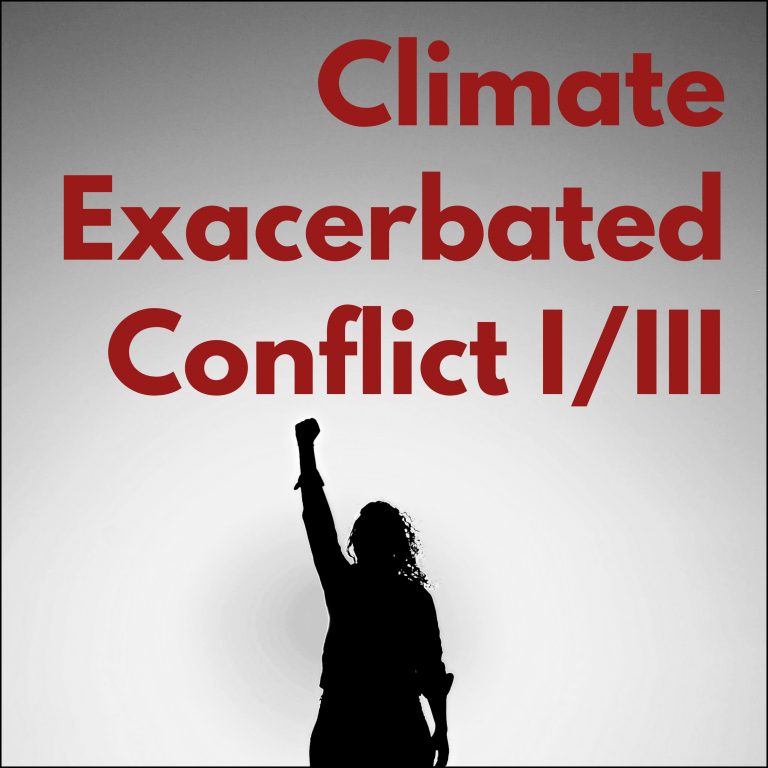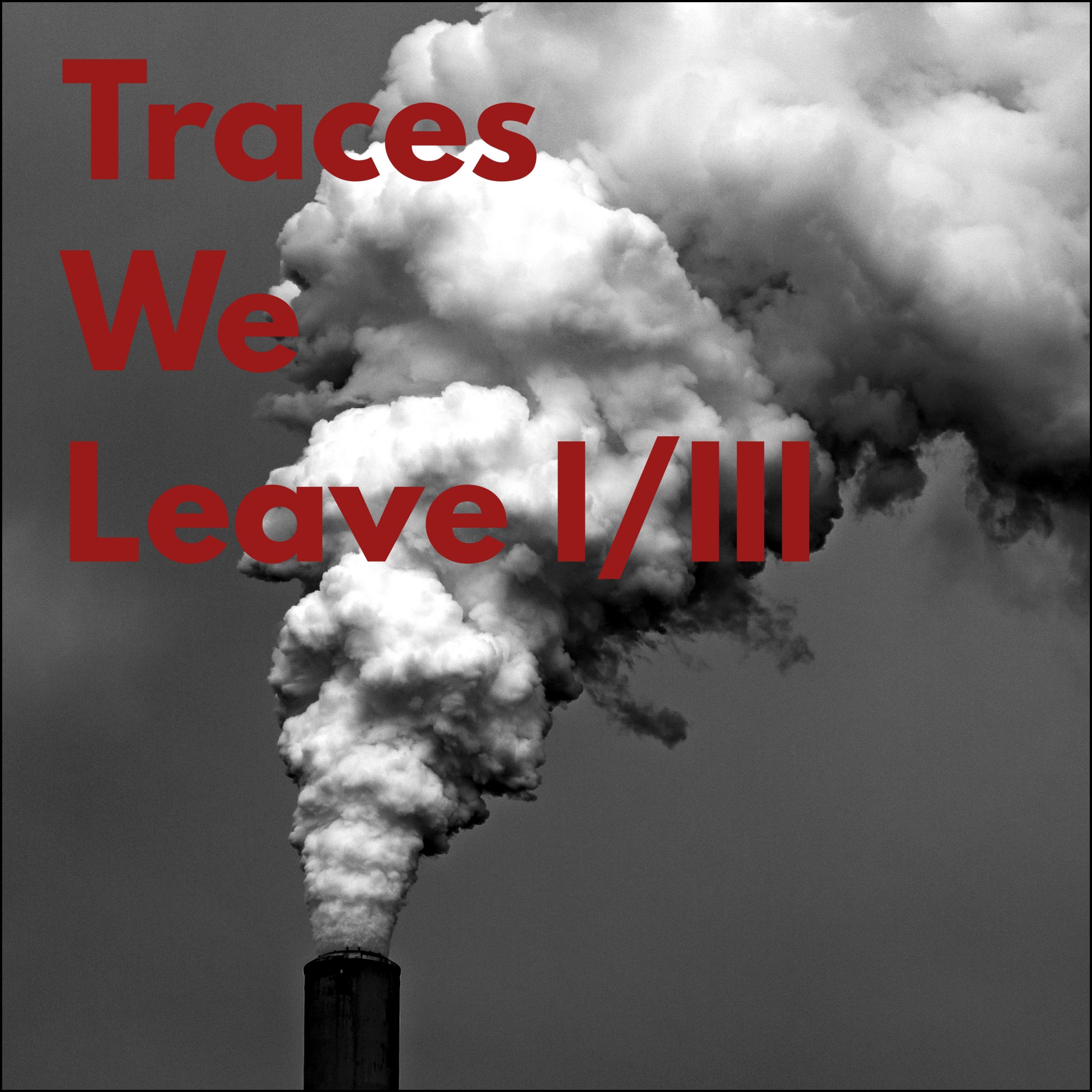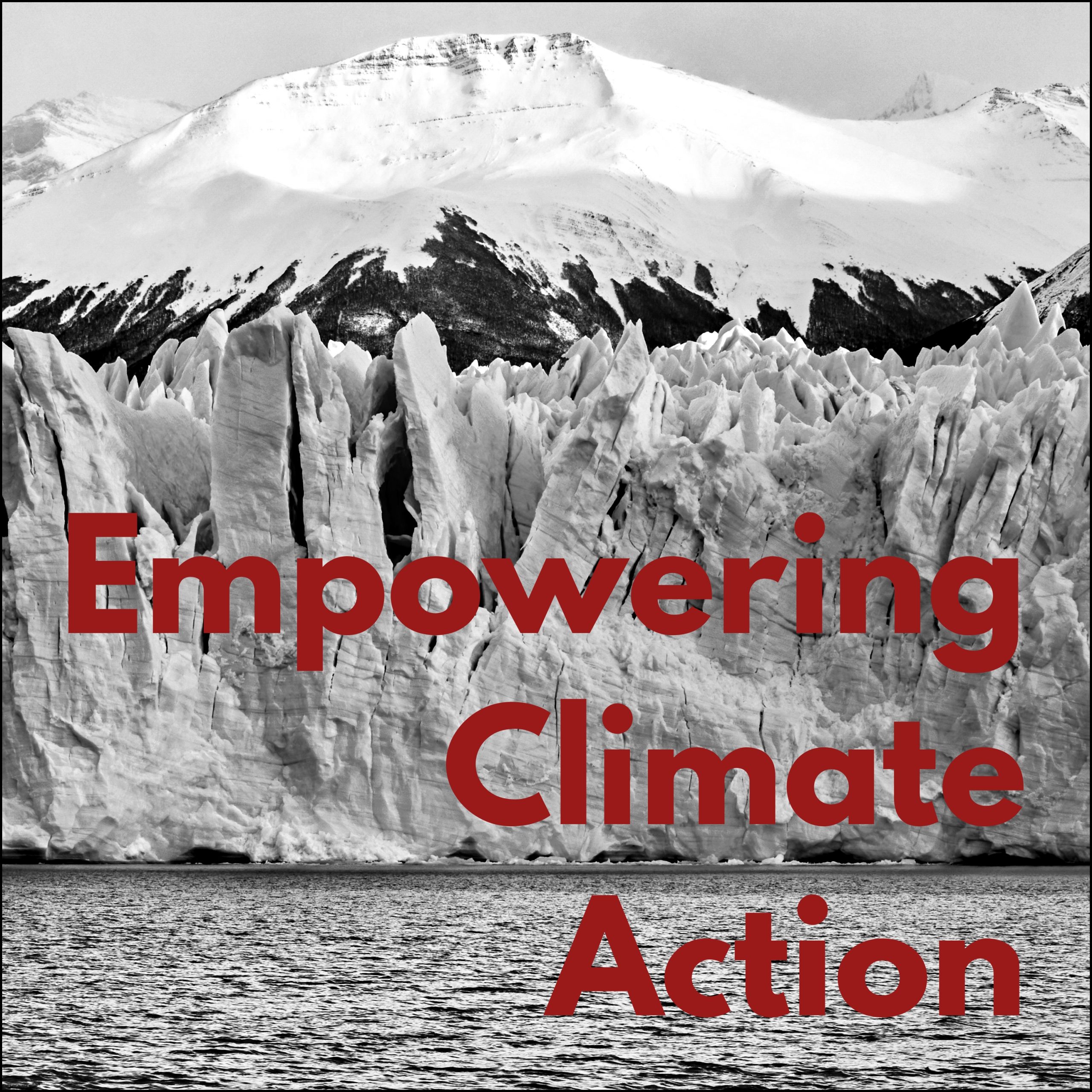Over 3.3 billion people currently reside in areas that are extremely susceptible to the effects of climate change, and many of these areas also struggle with political unrest, food insecurity, and weak governance. Climate change is no longer a remote environmental problem; rather, it is a real and present risk multiplier for violence, displacement, and human insecurity as rising temperatures, droughts, and extreme weather events interact with conflict dynamics.
At Broadpeak, we collaborate with industry experts, impact-driven investors, and academic institutions to address urgent global challanges. Through our articles and trilogies, we aim to share the insights we have gained from these projects with our network. Explore all of our published articles and trilogies in the blog section of our website.
What Makes Climate a “Risk Multiplier”?
The Intergovernmental Panel on Climate Change (IPCC) describes climate change as a “threat multiplier,” especially in fragile states. It does not directly cause conflict, but it exacerbates underlying issues such as inequality, poor governance, and resource scarcity that fuel unrest. Changes in the climate have the potential to tip the scales in unstable states with weak or contested institutions. These intersecting crises frequently disproportionately affect marginalised groups.
Julie Clar, a Research Associate at Hertie School, states, “Marginalised communities, including women, low-income households, children, Indigenous communities, and ethnic minorities often have limited capacity to adapt to local changes. They’re excluded from institutions and decision-making processes, which makes them more vulnerable not only to climate change but also to the instability created by conflict itself.”
Climate change hastens the breakdown of institutional and social resilience in these situations. It puts more strain on already overburdened systems by increasing inequality, displacing people, and frequently interfering with access to energy, food, and water. Whereas conflict intensifies the consequences of climate change, conflict is, at least in part, caused by climate change. Although it frequently occurs indirectly, climate change does have a role in the rise in conflict. The most vulnerable become even more vulnerable as a result. No group is more vulnerable than individuals who have been forced to leave their country due to violence and are currently experiencing the consequences of a hostile climate, according to UNHCR‘s engagement. Additionally, it is becoming increasingly improbable that those who have been displaced by conflict, the effects of climate change, and environmental deterioration will be able to return home.
Fragile Governance, Drought, and Resource Tensions
Rising temperatures and unpredictable rainfall are putting water and food systems under previously unheard-of strain throughout the Sahel, Horn of Africa, and portions of South and Central Asia. The disruption of agriculture and pastoral livelihoods caused by prolonged droughts, shrinking lakes, and desertification has resulted in tensions both within and between communities.
Fatima Farooq Murawat, a Communication & PR Advisor at GiZ explains the scope of this challenge “There are two interrelated dynamics: one, climate‑induced conflict; the other, ongoing conflict contributing to environmental degradation and climate change. Even the smallest climate stress in a region with weak institutions or damaged infrastructure like floods or droughts, can have disproportionately large impacts on marginalised communities.” These environmental stressors are not isolated; they interact with ineffective leadership, discriminatory laws, and historical injustices. These compounding risks have the potential to rapidly worsen in the absence of inclusive and climate-informed conflict prevention strategies.
Conflict’s Climate Footprint
When discussing climate change and conflict, one of the main points of contention is how environmental change exacerbates tensions. But the reverse is also true: conflict makes climate change worse. Emissions increase, ecosystems are destroyed, and long after the conflict is over, environmental damage is still present. According to Julie Clar, conflict makes climate change worse. “War ruins crops, pollutes the air and water, and damages sewage infrastructure. The use of explosives, tanks, and aeroplanes in military operations, as well as even during the reconstruction stage, results in massive emissions.
According to the Guardian, more greenhouse gases were released in the first three months of the Israel-Gaza conflict than in a year in 20 of the world’s climate-vulnerable nations. Similar patterns have been noted in Yemen, Sudan, and Ukraine, where agricultural collapse, chemical contamination, and scorched earth tactics all contribute to long-term ecological damage.
Toward Just and Inclusive Adaptation in Fragile States
More than simply infrastructure or technology is needed in conflict-affected communities to adapt to climate change; justice, inclusiveness, and governance are all necessary. Too often, adaption plans fail to include the perspectives of those who would be most affected. But it is impossible to build resilience without them.
Mikael Ferreira Junior Advisor in Climate Finance at the Greenwerk, emphasize this point:“Conflict-affected areas usually lack strong institutions, stable governments, and enough legal safeguards. In this case, climate change increases the hazards. It exacerbates social and political inequalities that already exist, particularly for marginalised groups like women, children, migrants, indigenous peoples, and individuals with disabilities. Climate-induced pressures including droughts, floods, and deserts have increased competition for scarce resources, but these people are often left out of decision-making processes”.
In unstable governments, where social cohesion is already compromised, inclusive governance is particularly crucial. Adaptation efforts may worsen the imbalances they aim to address if strategies are not implemented to include women, marginalised groups, and displaced populations. According to Mikael, “Climate change will undoubtedly worsen and have a greater impact on human rights, particularly during humanitarian crises.” Human rights and environmental conservation are intertwined. Only a healthy environment can ensure the implementation of human rights such as the right to life and social rights.
The demand for financial assistance is severe. According to the Cities Climate Finance Leadership Alliance, conflict-affected nations require USD 147 billion yearly until 2030 for adaptation alone, while finance remains fragmented and disproportionately low in high-risk regions. International providers play a crucial role in raising funds for adaptation in developing countries with limited resources and capacity to implement measures. Climate change has serious and frequent impacts that require immediate action. International organisations play an important role in raising money to support adaptation efforts in developing countries, which often lack the necessary resources and skills.
The Path Ahead: Integrating Human Security into Climate Action
One thing is certain, despite the complexity of the relationship between climate change and conflict: tackling it calls for coordinated, cross-sectoral approaches. This implies: (a) Understanding climate risks in humanitarian efforts and peacebuilding, (b) Including inclusive governance in plans for urban resilience and climate adaptation, (c) Putting money only into reconstruction, ensuring that efforts to recover don’t exacerbate social or environmental problems and (d) Monitoring the effects of war on the environment, such as infrastructure damage and military emissions.
As Fatima stated: “Climate change acts as a risk multiplier in conflict-affected regions, worsening pre-existing inequalities and exposing marginalised communities to heightened human rights violations. Marginalised groups lack access to information, early warning systems, and adaptation finance, have limited or no representation in local or national decision-making bodies, and are often left out of humanitarian aid and climate finance programs.”
This is particularly evident in cases like Darfur, widely cited as the “first climate change conflict.” As former UN Secretary-General Ban Ki-moon noted in a 2007 Washington Post op-ed: “Almost invariably, we discuss Darfur in a convenient military and political shorthand, an ethnic conflict pitting Arab militias against black rebels and farmers. Look to its roots, though, and you discover a more complex dynamic. Amid the diverse social and political causes, the Darfur conflict began as an ecological crisis, arising at least in part from climate change.”





